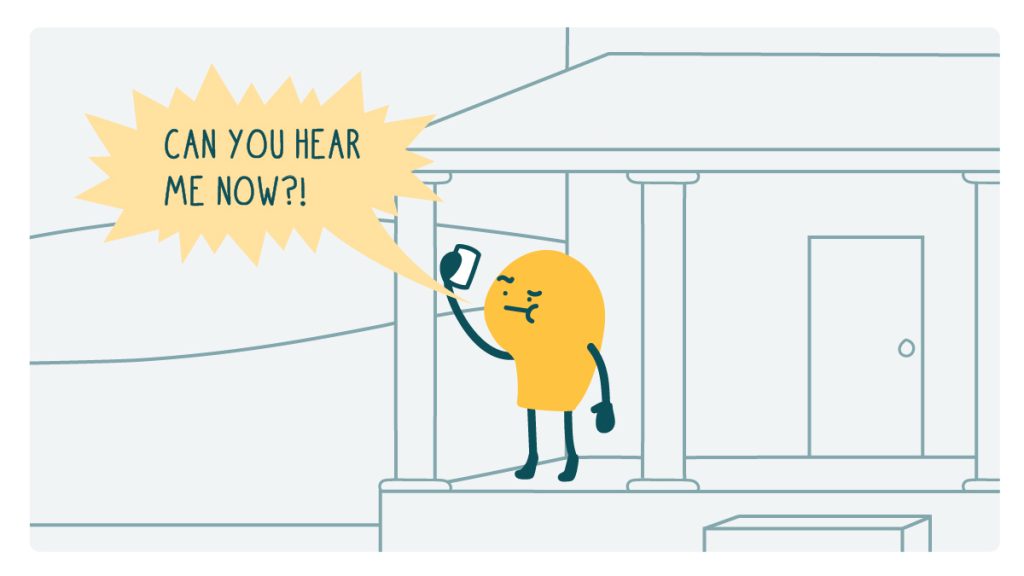
We’ve been doing a lot of work with health departments lately. And these projects have us thinking about an audience that’s often underserved in public health: people living in rural communities. Compared to their urban counterparts, rural communities are more likely to face certain barriers to quality health care, which can majorly impact health outcomes. For example, rural residents in the United States are more likely to:
- Be uninsured
- Live farther away from health care facilities
- Have fewer options for specialty or emergency health care
- Have fewer public transportation options to help them get to health care visits
In addition, the health departments that serve rural areas often have fewer resources than health departments in urban areas, which limits the services they can provide. Those are just a few examples that help explain some pervasive disparities in health outcomes: People in rural communities are more likely than those in urban communities to die from heart disease, cancer, unintentional injury, respiratory disease, and stroke.
And to add yet another layer, some people in rural communities may mistrust public health officials and the health care system, especially in the wake of the opioid overdose epidemic and the COVID-19 pandemic. As health communicators, it’s our job to reach these audiences with info that makes sense for them — and build trust along the way. (Say it with us, dear readers: Reject the “hard-to-reach” trap!)
Here are a few tips to help you create health comm materials for people in rural communities:
- Team up with trusted partners. We ❤️ our trusted messengers in public health! You know the drill — messages are more likely to resonate with people if they’re coming from someone your audience already knows and trusts. So try asking community organizations, places of worship, senior centers, or other local groups that have traction with your audience for help communicating information or sharing materials.
- Keep it local. Many people in rural communities have fewer options when it comes to doctors, hospitals, fitness programs, groceries, assistance programs, and lots of other things. When you can, do your homework to understand what your audience actually has access to and share information about those local resources. If you’re writing for a specific geographic area, you could even pick up the phone to ask a county health department or 2 — the people on the ground — about the best sources of info and services for your readers.
- Design for limited internet access. When creating digital tools or websites, remember that about 1 in 4 people living in rural areas or on Tribal lands don’t have high-speed internet — and slow page load times make it much more likely you’ll lose your audience. Design lightweight, accessible digital experiences that don’t eat up limited data.
- Check your own assumptions. Keep in mind that rural communities aren’t monoliths (that’s true for any community). People living in these areas represent a range of professions, education levels, gender identities, religions, races and ethnicities, beliefs, and more — you know, intersectionality and all. When creating materials for people in rural communities, have a think about any implicit bias that might be creeping into your process — and choose language and examples that challenge stigma and harmful stereotypes when you can.
The bottom line: People living in rural areas face many barriers when it comes to accessing quality health care. As health communicators, it’s our job to make sure we’re reaching this audience with information to help them stay healthy.
Copy and paste to share on social (and tag us!): This week on the We ❤️ Health Literacy blog: tips for creating #HealthComm materials for rural audiences: https://communicatehealth.com/wehearthealthliteracy/reaching-audiences-in-rural-communities/ #HealthLiteracy
Browse recent posts